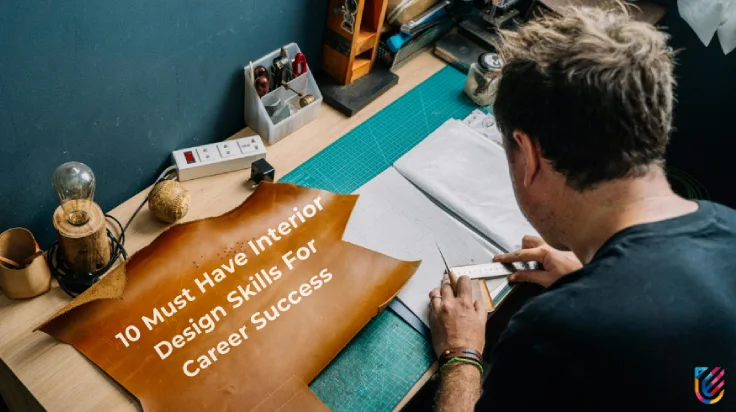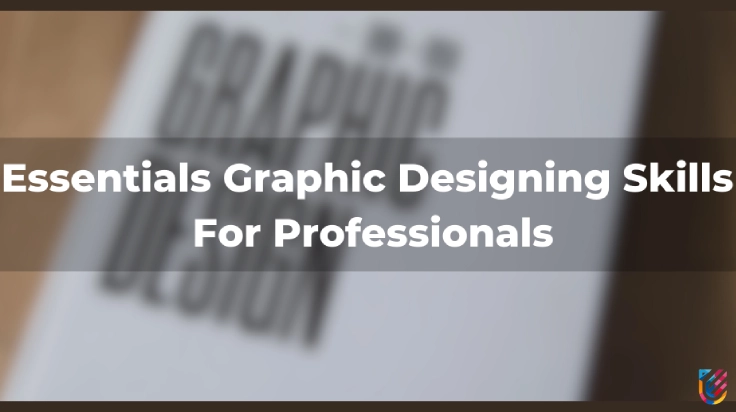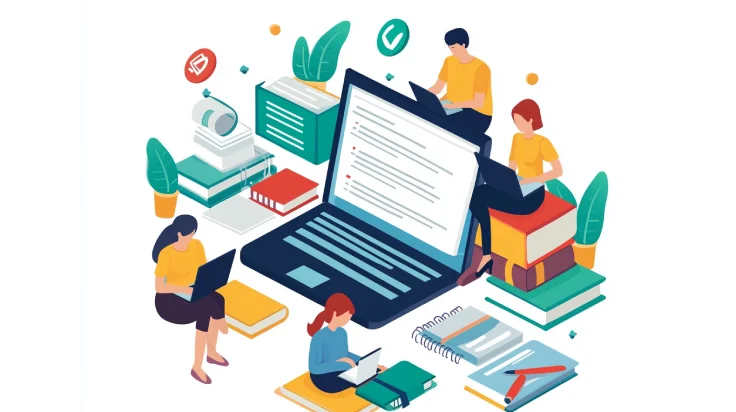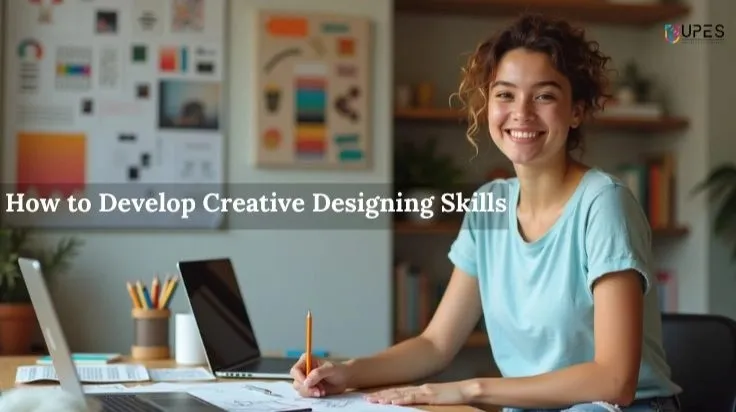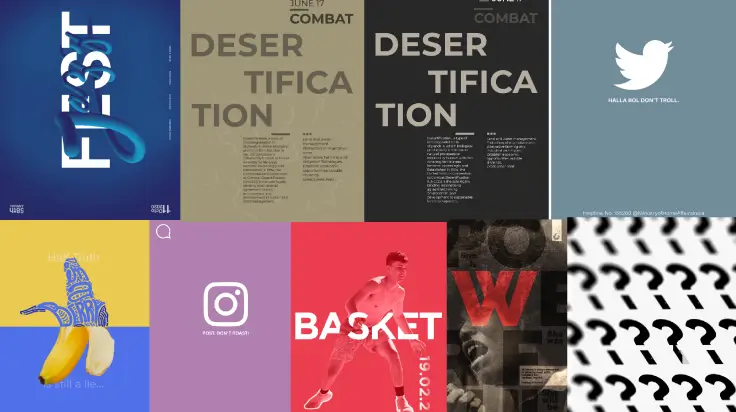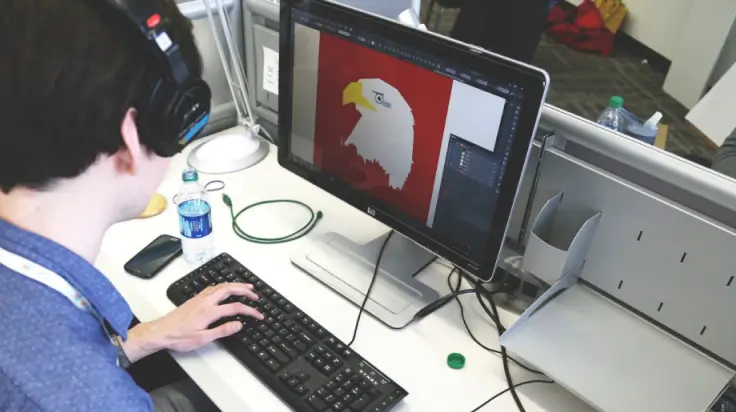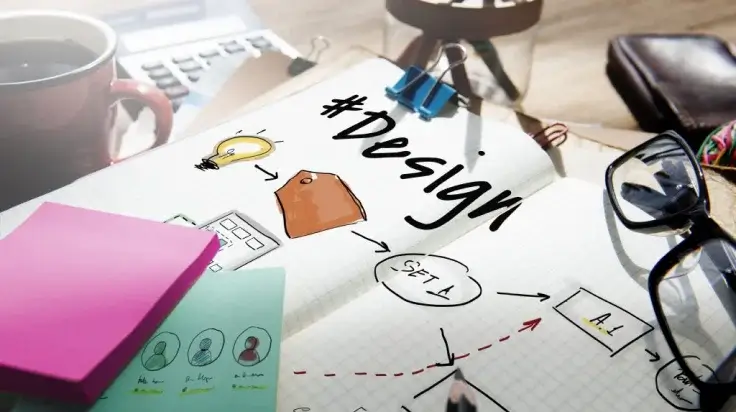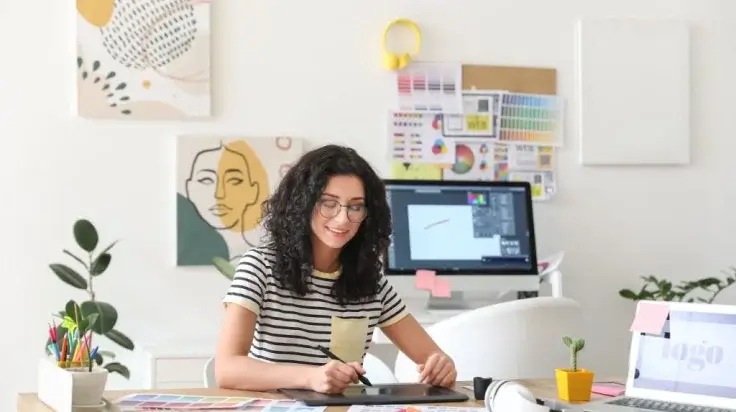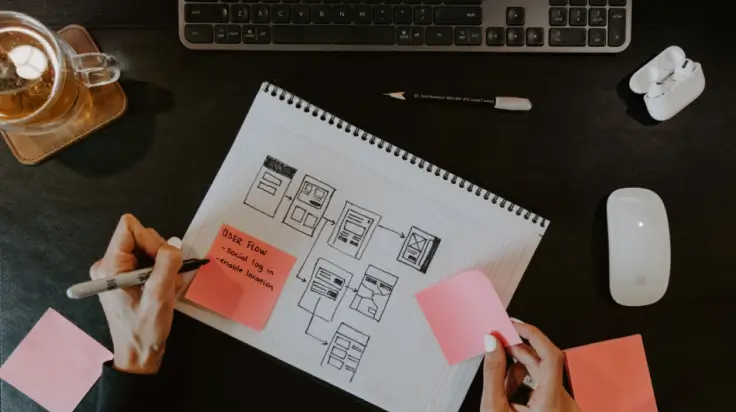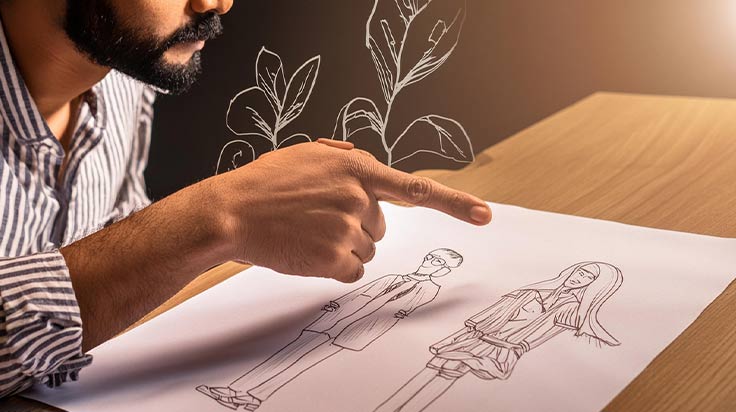B.Des. Internships: How to Find and Secure Them?
- UPES Editorial Team
- Published 25/09/2024

As a Bachelor of Design (B.Des.) student, you’re likely immersed in a world of creativity, innovation, and practical design skills. But how do you bridge the gap between the classroom and the professional world? The answer lies in internships.
Internships are not just a resume booster—they are a critical part of your design education, offering real-world experience and helping you build a network that can open doors to your future career.
In this blog, we’ll explore how to find and secure the right internships, making the most of your time as a Bachelor of Design student.
Why are Internships Important for B.Des. Students?
| Skill Enhancement | Real World Experience | Portfolio Development | Networking Opportunities |
Types of Internships Available for B.Des. Students
The design field is vast, offering various types of internships. Understanding the different options can help you choose one that aligns with your career goals.
1. Industry-Specific Internships:
- Graphic Design: Focus on visual content creation, from branding to digital graphics.
- UX/UI Design: Work on user interface design and user experience strategies.
- Product Design: Engage in the creation and development of new products, from concept to production.
- Fashion Design: Involve yourself in apparel design, pattern making, and trend analysis.
- Interior Design: Contribute to space planning, furniture design, and interior aesthetics.
2. Startup vs. Established Company Internships:
- Startups: Offer a dynamic, hands-on environment with a lot of responsibilities and learning opportunities.
- Established Companies: Provide structured internships with mentorship, often with more specialized roles.
3. Remote vs. On-site Internships:
- Remote: Offers flexibility but requires self-discipline and strong communication skills.
- On-site: Provides a more immersive experience with direct access to resources and team collaboration.
Where to Find B.Des. Internships?
Finding the right internship can be challenging but knowing where to look is half the battle.
1. Online Platforms:
- Job Portals: Websites like LinkedIn, Indeed, and Glassdoor list a wide range of internships.
- Specialized Design Platforms: Behance and Dribbble offer design-centric job boards where you can find relevant opportunities.
- Internship-Specific Websites: Platforms like Internshala and LetsIntern cater specifically to internships, making it easier to find roles suitable for students.
2. College and University Resources:
- Career Services: Most universities have dedicated career services that can help you find internships.
- Alumni Networks: Connecting with alumni can lead to internship opportunities through their networks.
- Career Fairs: Universities often host career fairs where you can meet potential employers directly.
3. Networking and Social Media:
- LinkedIn: An invaluable tool for professional networking and job searching.
- Instagram and Twitter: Many companies post internship opportunities on social media.
- Design Meetups and Conferences: Attend industry events to network and discover internship opportunities.
4. Direct Applications to Companies:
- Research: Identify companies you admire and check their careers page for internship openings.
- Tailored Applications: Customize your resume and cover letter for each company, emphasizing how you fit their specific needs.
How to Prepare for B.Des. Internship Applications?
Preparation is key to securing the internship you want. Here’s how to get ready:
1. Building a Strong Portfolio:
- Content: Include your best work, focusing on quality over quantity.
- Diversity: Showcase a range of skills—visual design, UX/UI projects, branding, etc.
- Online Presence: Consider creating an online portfolio on platforms like Behance or your own website.
2. Crafting a Compelling Resume:
- Design Focus: Highlight relevant coursework, skills, and any freelance or project work.
- Tailoring: Adjust your resume to align with the internship you’re applying for, emphasizing specific skills and experiences that match the job description.
3. Writing an Effective Cover Letter:
- Personalization: Address the cover letter to a specific person, if possible.
- Passion: Explain why you’re passionate about design and what excites you about the internship.
- Relevance: Highlight your most relevant experiences and how they prepare you for this role.
4. Preparing for Interviews:
- Common Questions: Be ready to discuss your design process, how you handle criticism, and examples of your work.
- Portfolio Presentation: Practice presenting your portfolio, focusing on your role in each project, the challenges you faced, and the outcomes.
Conclusion
Internships really give you the edge you are looking for in your B.Des course. From practical exposure to helping you build your portfolio; Internships are the go-to solution. Search the right avenues, apply proactively and you will land you a good one. Start your search today. Your dream internship is on the way!
UPES Editorial Team
Written by the UPES Editorial Team
UPES Admission Enquiry
Subscribe to UPES Blogs
Join our community for exclusive stories, insights, and updates
By clicking the "Subscribe" button, I agree and accept the privacy policy of UPES.











